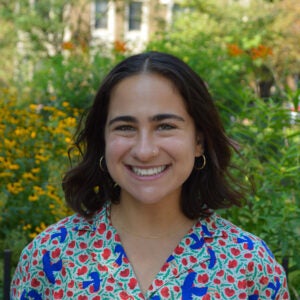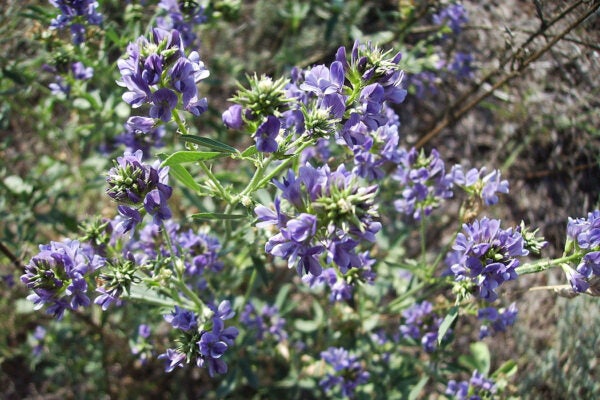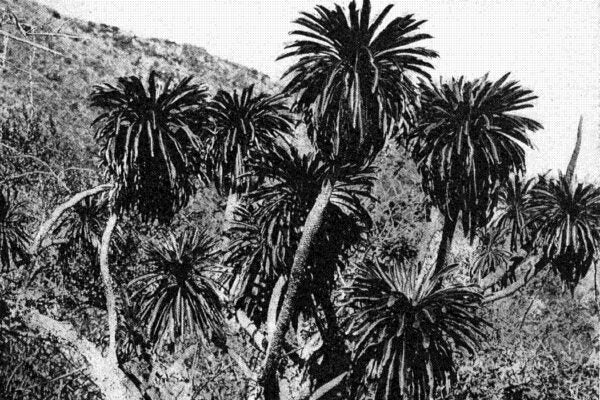
Nina Elkadi
Nina Elkadi is a post-baccalaureate fellow in the Plant Humanities at Dumbarton Oaks. She received her undergraduate degree in History of Science at Harvard University. Her senior thesis, The Farmers Knew, argued that US farmers knew the harms of DDT in the immediate postwar era. She is interested in the intersection of climate change and agriculture and, at Dumbarton Oaks, is researching the ever-changing value and cultural importance of the soybean.






